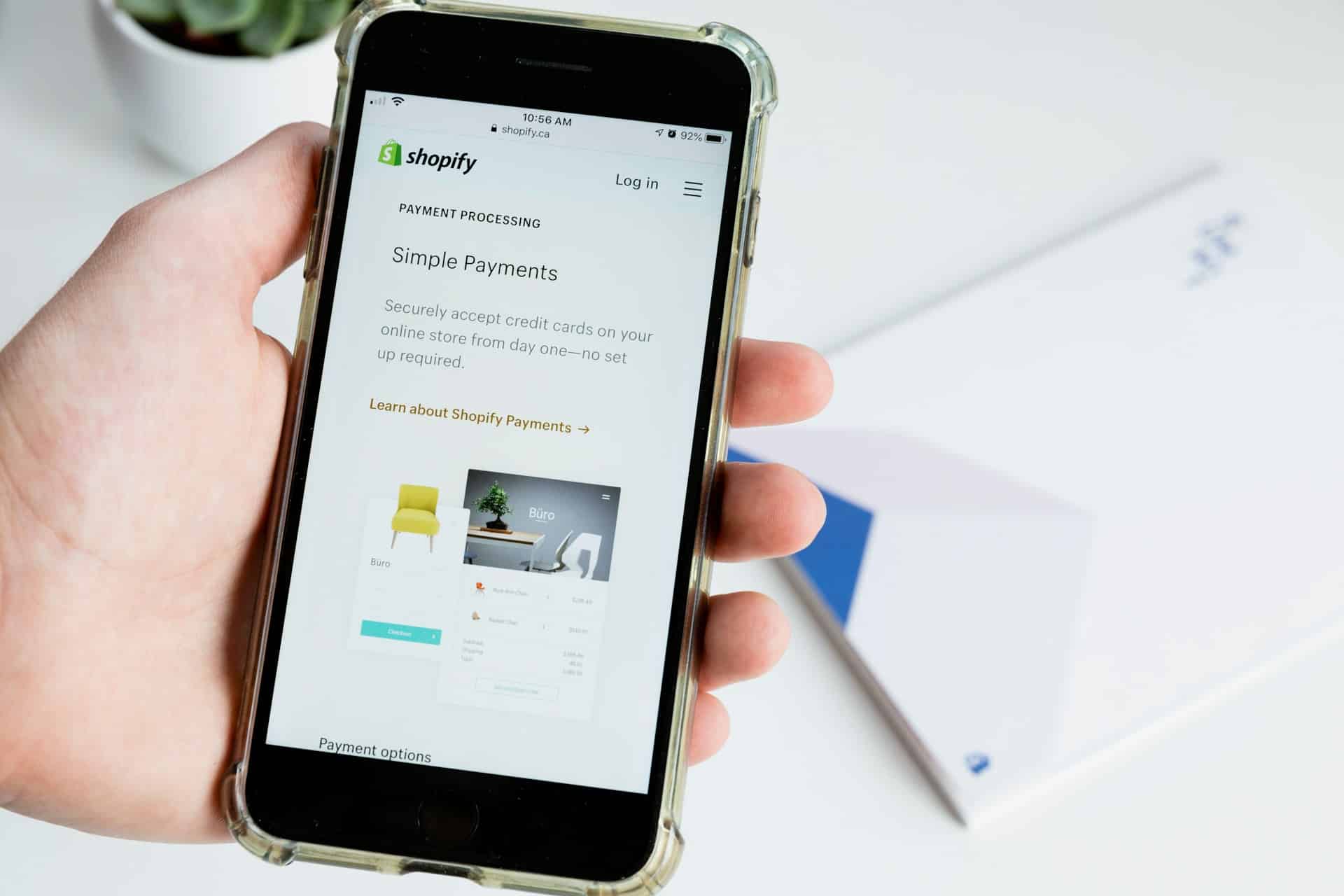What are the best practices for implementing continuous delivery for mobile apps?

In today's fast-paced digital landscape, the demand for high-quality mobile applications is ever-increasing. To stay competitive, developers must adopt efficient practices to ensure timely and reliable releases. Continuous Delivery (CD) has emerged as a vital practice in mobile app development, enabling teams to deliver updates and new features swiftly and consistently. This article explores the best practices for implementing Continuous Delivery for mobile apps, aimed at helping development teams streamline their workflows and enhance their delivery processes.
Understanding Continuous Delivery for Mobile Apps
Continuous Delivery is a software engineering approach in which teams produce software in short cycles, ensuring that the software can be reliably released at any time. This practice is especially valuable in the mobile app development realm, where the rapid release of updates can make a significant difference in user satisfaction and market competitiveness.
Cela peut vous intéresser : How do you configure a secure SFTP server using OpenSSH?
Implementing Continuous Delivery for mobile apps involves several key steps, including automated testing, integration, deployment, and monitoring. By mastering these steps, your team can reduce the risk of releases, accelerate feature delivery, and improve overall app quality. Let's delve into each aspect to understand how you can optimize your CD pipeline for mobile applications.
Automated Testing: The Backbone of Continuous Delivery
The cornerstone of any Continuous Delivery pipeline is robust automated testing. For mobile apps, automated testing ensures that new code integrates seamlessly with existing functionalities and that the app performs well across various devices and operating systems.
A lire aussi : How can you use Grafana for monitoring server health and performance metrics?
To achieve this, you must implement a comprehensive testing strategy that includes unit tests, integration tests, and UI tests. Unit tests focus on individual components, verifying that each piece of code works as intended. Integration tests check how various components interact with each other, ensuring that new changes do not break existing functionality. UI tests simulate user interactions, validating that the app behaves correctly on different devices and screen sizes.
Using tools like Appium, Espresso, and XCTest can streamline the automated testing process. These frameworks offer extensive support for both Android and iOS applications, enabling you to run tests across a wide range of devices and operating systems. Additionally, incorporating Continuous Integration (CI) tools like Jenkins, CircleCI, or GitHub Actions can automate the execution of tests, providing immediate feedback to developers and preventing issues from reaching production.
By prioritizing automated testing, you can catch bugs early in the development cycle, reduce manual testing efforts, and ensure a higher level of app quality. This practice not only speeds up the delivery process but also builds confidence in the reliability of each release.
Continuous Integration: Seamlessly Merging Code Changes
Continuous Integration (CI) is a critical component of Continuous Delivery, focusing on the frequent merging of code changes into a shared repository. This practice helps identify and resolve conflicts early, ensuring that the codebase remains stable and ready for deployment at any time.
To implement effective CI for mobile apps, you should establish a robust CI pipeline that automates the build and test processes. This involves setting up a version control system like Git, where developers can commit and push their changes. The CI server then automatically triggers a build and runs the automated tests, providing immediate feedback on the status of the code.
Using branching strategies, such as feature branches and pull requests, can further enhance the CI process. Feature branches allow developers to work on new features in isolation, while pull requests facilitate code reviews and discussions before merging changes into the main branch. This approach ensures that only thoroughly reviewed and tested code makes it into the production-ready branch.
Additionally, implementing code quality tools like SonarQube can help maintain high standards by analyzing code for potential issues and enforcing coding best practices. By integrating these tools into your CI pipeline, you can continuously monitor code quality and maintain a healthy codebase.
Continuous Deployment: Automating the Release Process
Continuous Deployment takes Continuous Delivery a step further by automating the release process, ensuring that every change that passes the automated tests is deployed to production. For mobile apps, this practice involves automating the steps required to build, sign, and distribute the app to app stores or directly to users.
To achieve Continuous Deployment, you should set up a release pipeline that automates the following steps:
- Building the App: Use build automation tools like Gradle for Android and Xcode for iOS to compile the app code and generate the necessary artifacts.
- Code Signing: Automate the process of code signing to ensure that the app meets the security requirements of app stores. This involves managing provisioning profiles and certificates in a secure manner.
- Distribution: Use app distribution platforms like Firebase App Distribution, TestFlight, or Google Play Developer API to automate the process of uploading the app to app stores or distributing it to beta testers.
By automating these steps, you can minimize manual intervention, reduce the risk of human errors, and accelerate the release process. It's essential to implement robust security practices to protect sensitive information like signing keys and certificates, ensuring that your release pipeline is both efficient and secure.
Monitoring and Analytics: Ensuring Continuous Improvement
Continuous Delivery is not just about automating the release process; it's also about continuously monitoring and improving the app once it's in production. Effective monitoring and analytics provide valuable insights into app performance, user behavior, and potential issues, enabling your team to make informed decisions and deliver a better user experience.
To implement robust monitoring and analytics, you should integrate tools that offer comprehensive visibility into your app's health. Tools like Firebase Analytics, Crashlytics, and New Relic Mobile can provide real-time data on app crashes, performance metrics, and user interactions. By analyzing this data, you can identify trends, diagnose issues, and prioritize improvements.
Additionally, implementing user feedback mechanisms, such as in-app surveys and reviews, can help you gather direct input from users. This feedback is invaluable for understanding user needs, identifying pain points, and guiding the development of new features.
By continuously monitoring and analyzing your app, you can proactively address issues, optimize performance, and ensure that your app meets user expectations. This practice not only enhances the user experience but also builds trust and loyalty, contributing to the long-term success of your app.
Implementing best practices for Continuous Delivery in mobile app development is essential for delivering high-quality apps efficiently and reliably. By prioritizing automated testing, seamlessly merging code changes through Continuous Integration, automating the release process with Continuous Deployment, and continuously monitoring app performance, your team can streamline workflows and enhance the delivery process.
These practices not only accelerate the release of new features and updates but also ensure a higher level of app quality, reducing the risk of bugs and improving user satisfaction. By adopting Continuous Delivery, you can stay competitive in the fast-paced mobile app market, delivering value to users consistently and effectively.
As we navigate the evolving landscape of mobile app development, mastering these best practices will enable your team to achieve Continuous Delivery excellence, ensuring that your app remains robust, reliable, and ready for the future.
